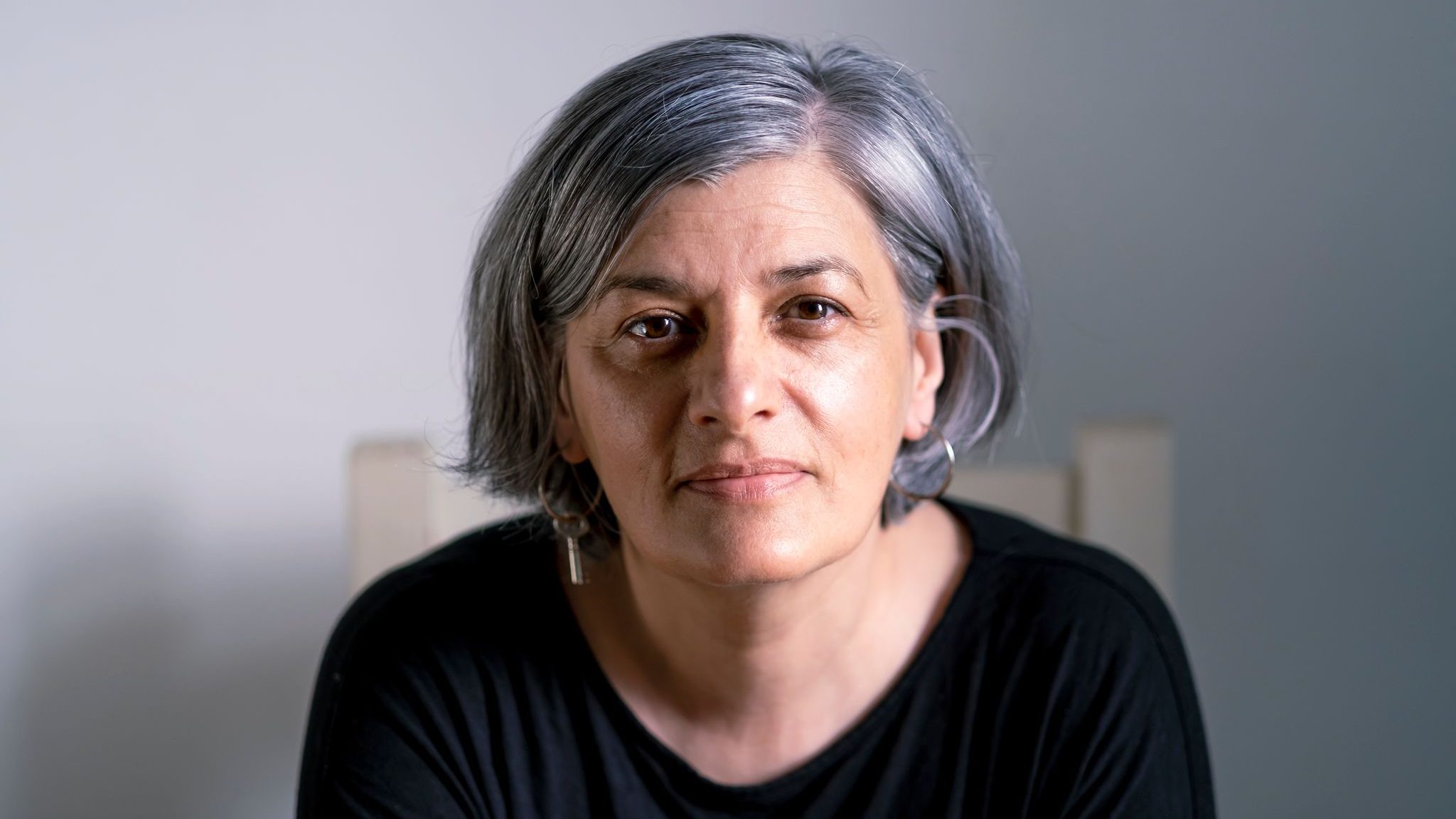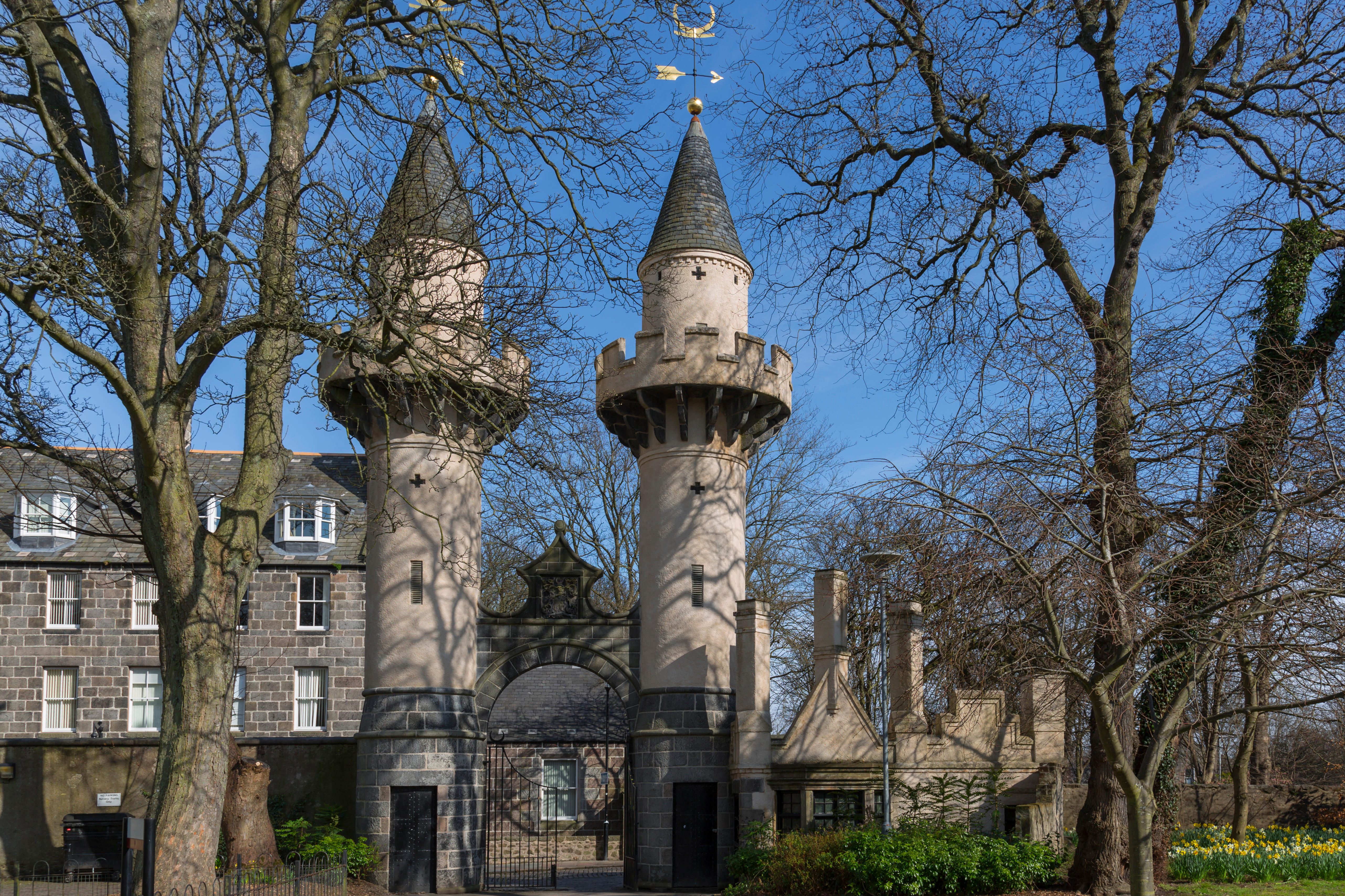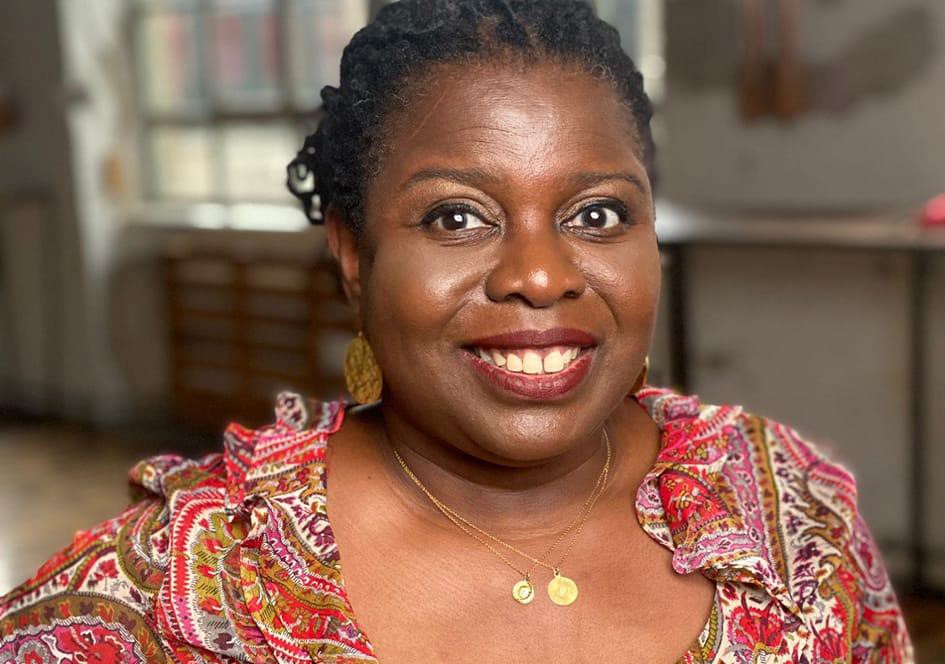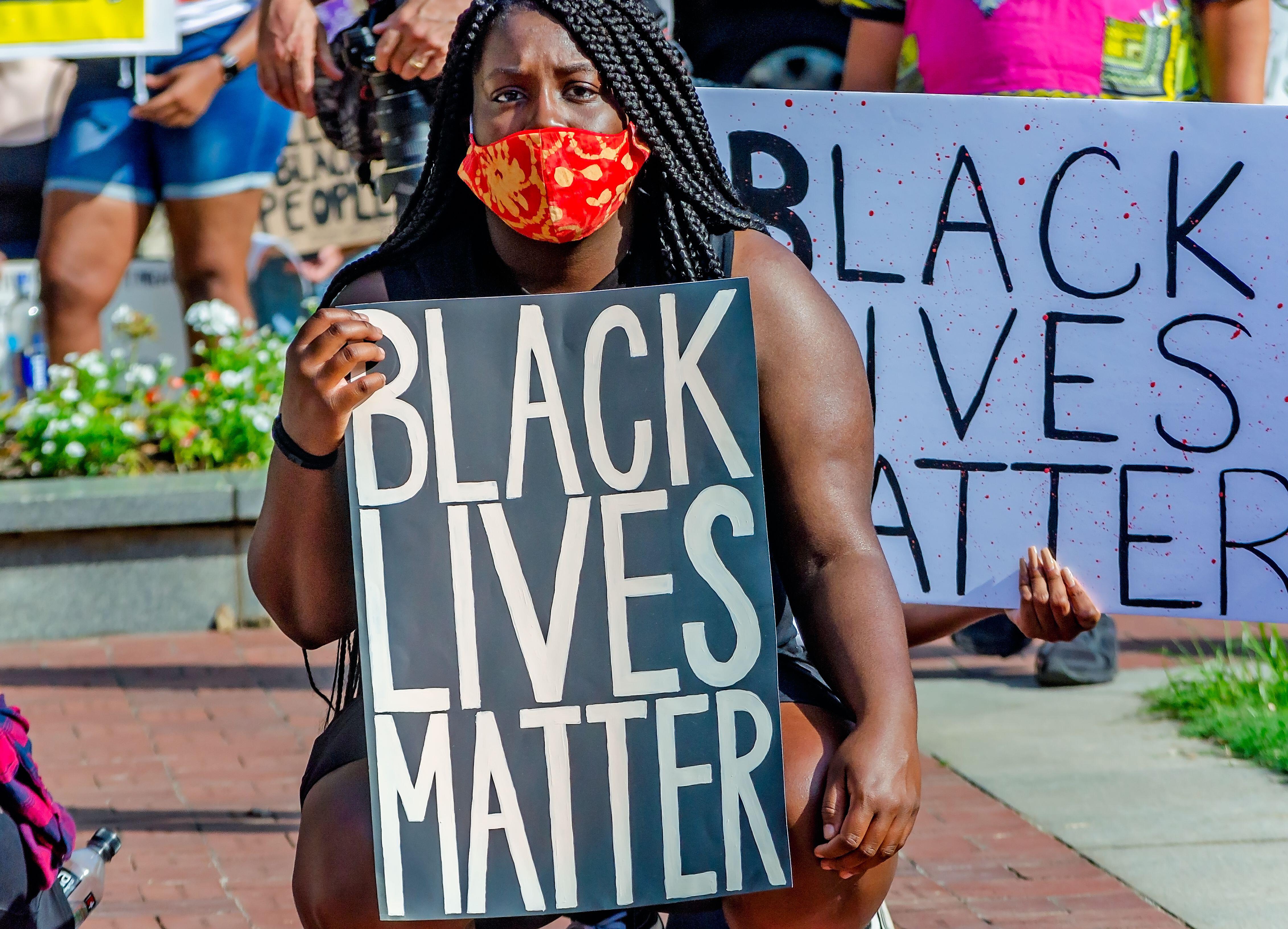Scotland and the Atlantic slave trade: coming to terms with the past
On a chilly evening at the end of September, as darkness fell and autumn started to make its presence felt, a group of academics and campaigners gathered in the grand Edwardian library that overlooks the fume-choked road which cuts through the centre of Glasgow.
Named for and funded by Victorian industrialist Stephen Mitchell, whose eponymous tobacco-producing business was amalgamated into the Imperial Tobacco Company in the decades following his 1874 death, the Mitchell Library was a fitting location for this gathering to take place, given that the subject being discussed was Atlantic slavery and Glasgow’s deeply entwined relationship with it. Like Mitchell, many Glasgow luminaries of the colonial era made vast fortunes in the plantations and cotton fields of the West Indies and American south. Like Mitchell, they spent that money liberally back home, ensuring their names were immortalised on road signs and buildings, in art collections and bequests.
 The Mitchell Library in Glasgow was named for and funded by Victorian industrialist Stephen Mitchell, whose eponymous tobacco-producing business was amalgamated into the Imperial Tobacco Company following his death
The Mitchell Library in Glasgow was named for and funded by Victorian industrialist Stephen Mitchell, whose eponymous tobacco-producing business was amalgamated into the Imperial Tobacco Company following his death
In some ways we have all got used to hearing about Glasgow’s links to the slave trade, to looking at statues of insanely rich men whose fortunes were made from goods enslaved people were forced to produce, and whose names seem as synonymous with the city as that of St Enoch herself. But that is a recent phenomenon.
As Stephen Mullen, the University of Glasgow academic who was commissioned to carry out a slavery audit for Glasgow City Council, told the Mitchell Library audience, the city’s links to the slave trade have for centuries been “hiding in plain sight”. Though it is easy to connect names such as Buchanan, Glassford, Ingram, Oswald and Wedderburn with slavery now — and to feel discomfort about the nonchalance with which the city’s civic spaces have memorialised far-flung places including Jamaica, Virginia, Tobago and Kingston — things have not always been this way.
Indeed, it wasn’t until Mullen co-authored a 2018 report that attempted to quantify the degree to which his own employer continues to benefit from bequests funded by colonial trade that a city which had happily — and unquestioningly — put its tobacco lords on pedestals decided to turn the spotlight on itself. Mullen was asked by the council to investigate and when his report, Glasgow, Slavery and Atlantic Commerce: an Audit of Historic Connections and Modern Legacies, was published in March, council leader Susan Aitken made an official apology and vowed to ensure Glasgow takes action to come to terms with the impact of that “uncomfortable” past. Addressing the audience at the Mitchell Library, she noted that “if we want to be effective anti-racists in the present day we need to recognise how the violence of our past impacts on racism here and now”.
For the other members of the panel that connection was clear. Cat Dunn, a Barbadian curator, artist and University of Dundee doctoral candidate, made the point that the Barbados Slave Code, which was passed in 1661 and became the blueprint used across other British colonies, legalised chattel slavery — it legalised the buying, selling and brutalising of human lives — while Miles Greenwood, curator of legacies of slavery and empire at Glasgow Museums, noted that the effect of that was to codify racism into law. For Andrew McKillop, a history lecturer at Glasgow University, that has never gone away — “attitudes to racial hierarchies across the whole planet didn’t end [when chattel slavery was abolished] in 1834,” he said — while Zandra Yeaman, curator of discomfort at Glasgow’s Hunterian Museum, noted that “the ideologies created to justify the buying and selling of people […] have an influence in all areas of Scottish life to some degree today”.
 Zandra Yeaman, curator of discomfort at Glasgow's Hunterian Museum, says the “ideologies created to justify the buying and selling of people […] have an influence in all areas of Scottish life to some degree today”
Zandra Yeaman, curator of discomfort at Glasgow's Hunterian Museum, says the “ideologies created to justify the buying and selling of people […] have an influence in all areas of Scottish life to some degree today”
As the evening drew to a close and library staff made noises about wanting to lock up, an elderly gentleman raised his hand. His life had been spent on the west coast of Scotland, he said, and while he’d enjoyed the evening’s presentations he had it on the good authority of the school masters of way back when that it was the Africans who were heavily implicated in the transatlantic slave trade while the Brits were the heroes who brought it all to an end. They even lost twenty thousand naval men for their troubles. It wisnae us, in other words, as the title of Mullen’s 2009 book on Glasgow and the slave trade had put it.
LIKE Edinburgh — which has memorialised prominent colonialists like Henry Dundas and James Gillespie on street names and school jumpers, buildings and plinths — Glasgow has no shortage of visible links to its slave-owning past. Though the subject is uncomfortable, and not everyone wants to know the full extent of their forefathers’ biographies, the fact such people were immortalised in civic space has made it relatively easy for those cities to start having conversations about the murkier parts of their pasts. Like Aitken, Edinburgh’s Lord Provost Robert Aldridge has apologised for his city’s role in “sustaining slavery and colonialism” and both councils have committed to try to unpick those legacies in a meaningful way.
But slave ownership and colonial exploitation were not a purely Central Belt preserve. Aberdeen is a city on a smaller scale to Edinburgh or Glasgow and, perhaps because its memorialisation of the past is less overt, it has not been seen as so historically implicated in the slave trade as its larger southern peers.
Yet Neil Curtis, head of museums and collections at the University of Aberdeen, notes that while the city centre may not be filled with tributes to tobacco lords, many people from across the north east were beneficiaries of colonialism too. The evidence is there in the presence of a Sugar Lane and a Jamaica Street, and Curtis was recently involved in a project to highlight that the family memorialised in the Powis Gateway — the Leslies of Powis House — accumulated the wealth they bestowed on Aberdeen on the backs of the enslaved people forced to work their Jamaican estate. Yet by and large the city and shire’s colonial links have not been hiding in plain sight — they have just been hiding.
 A recent project in Aberdeen has highlighted that the Powis Gateway memorialises the Leslie family of Powis House, who accumulated their wealth on a Jamaican estate
A recent project in Aberdeen has highlighted that the Powis Gateway memorialises the Leslie family of Powis House, who accumulated their wealth on a Jamaican estate
“In the north east there was a lot of trade, but it was much more deeply embedded,” Curtis says. “Wealth made in the Caribbean or the East India Company came back into the estates of the north east because the younger son would go off to make money and then bring it back. It’s all over the place — I’m really struck by how many people were involved. People who trained as doctors would go to the Caribbean to be doctors there. They made money from their services so were at a remove from slavery but they were being paid in money earned by slave owners. Historical records show that some of them bought enslaved people too.”
A recent project carried out by schoolchildren in the Aberdeenshire village of Finzean uncovered just one of those stories and showed how the wealth one local man amassed in the 18th century due to the work of enslaved Barbadians is still benefiting people in the area today. Working with local organisation Birse Community Trust, heritage consultant Sian Loftus helped the children uncover the story of Rev Gilbert Ramsay and create a picture book, Aye, It Wis Aabody, that teaches pupils about the horrors and injustices of slavery in an age-appropriate way.
“We were aware that we were the only surviving school in the parish and that it had been established in the 1730s by a former resident who had worked in Barbados but we felt it was something that needed further research,” Loftus says. “As well as the village school he gifted money to the University of Aberdeen and people who came from the parish had preferential access to those bursaries. One former pupil had got the bursary then gone out to Jamaica to become a slaver himself. It was an unvirtuous circle. There used to be five schools in this parish and ours is the only one that survived. It survived because there were the funds to build it and maintain it. It had a number of advantages that meant it survived and we still see the benefits of that today.”
Curtis’s University of Aberdeen colleague Richard Anderson, who, as Mullen did for the University of Glasgow, is carrying out a review of his institution’s links to slavery, says the Ramsay story is far from unique.
“In some ways it’s less connected to the city and more to the shire,” he says. “It’s about individuals going out and finding opportunities in places like Jamaica and Grenada and there’s a regional pattern as to where they go. There’s a whole cliché about Scottish people being clannish but there were micro networks – someone goes from Aberdeen then they tell someone else.”
Like Gilbert Ramsay, many put the money earned in the colonies to good use back home, with the University of Aberdeen still handling a number of bequests that were started with money made in the colonial-era West Indies. And while the stories from the Central Belt are of people who were already rich augmenting their wealth using unpaid labour on seized land, the pattern in the north of the country is more of people exploiting opportunities abroad to secure their place in their own society at home.
“The British took over a number of colonies from the Dutch in 1796 so the opportunities for Brits and Scots were opening up towards the start of the 1800s,” says David Alston, a historian whose book Slaves and Highlanders examines links to slavery across the far north of the country.
Middling ranks of landowners sent their families — it was the sons of people who owned small estates and quite a lot of sons of Church of Scotland minsters. They were going out there purely to make money
“In this period traditional society in the Highlands was in flux. Scotland has a less secure class system than England and the middle classes were more vulnerable. That meant you could move up, but also move down. Lots of people were looking at what the opportunities were for their sons to make money and their daughters to marry money. The Caribbean was where money was being made and people followed the money. If you’ve already got money you might want to invest in the colonies but you might not want to go there. Middling ranks of landowners sent their families — it was the sons of people who owned small estates and quite a lot of sons of Church of Scotland minsters. They were going out there purely to make money.”
They, too, spent their Caribbean-earned cash on good causes at home, with the Dick Bequest, started with money Forres man James Dick made in Jamaica, funding Moray children’s education until the local council asked for it to stop in 2021.
WHEN George Floyd was murdered by police officer Derek Chauvin in the American city of Minneapolis in May 2020, the world was in the early stages of the coronavirus pandemic and Scotland was in lockdown. Like children across the country, Finzean Primary School pupils were at home, spending huge amounts of time with their families and being schooled by their parents.
To the surprise of Loftus, what those parents started to report was that when the killing of Floyd re-energised the Black Lives Matter movement those children started to have in-depth conversations with them about racism, making a direct connection between what they’d learned about Gilbert Ramsay and what they were seeing unfold in the daily news. Unlike the gentleman in the Mitchell Library, those children had been taught some uncomfortable truths about the past and were using it to make sense of their world today. “One of the things that struck me during lockdown was that I hadn’t really understood the impact [the project would have] on the children,” Loftus says. “They could relate it to Black Lives Matter.”
 Beniba Centre director Peggy Brunache says Scotland's collective amnesia over its links to slavery was a "ticking timebomb"
Beniba Centre director Peggy Brunache says Scotland's collective amnesia over its links to slavery was a "ticking timebomb"
For Peggy Brunache, that is key if Scotland’s ongoing but largely ignored problem with structural racism — the kind of blind prejudice that holds people of colour back because race-based discrimination is baked into criminal justice and housing, health care and education — is ever to be addressed. An American academic of Haitian descent, Brunache moved to Scotland in 2006 and now heads the University of Glasgow’s Beniba Centre for Slavery Studies, a research unit focused on how the history and legacies of slavery and the slave trade can inform how curriculums are decolonised and reparative justice can be served. On arriving here, she says, she found Scotland’s collective amnesia about its past and so misunderstanding of its present shocking.
“I moved here in 2006 and was blindsided by how nobody was talking about Scotland’s involvement in the slave trade and Atlantic slavery,” Brunache says. “2007 was the bicentennial of the Slave Trade Act and there were little bits here and there, but I was shocked that the social memory was lacking. As an educator I feel that the responsibility is at the foot of researchers and academics in the past who have chosen not to make this the centre of any discussion that would make its way, if not into schools, then certainly into public discussions. This was a ticking timebomb.
“This needs to be flooded into the social memory of Scots in the same way that the Bruces and William Wallace are. [If it is not then we won’t be able to] reconcile our future and our current relationships with each other — those who identify as white and those who identify as racial minorities — or our differences in terms of state-sanctioned violence and the unfair targeting of people of colour. Those experiences and the reasons those things happen is because the structures of racialised inequality and racism come out of the past, they come out of slavery. Sure, slavery ended 200 years ago, but the legacy is still there because the structures continue on.
“The silence about what happened in the past helps when it comes to creating history. There’s what happened in the past, then there’s history, which is what certain people have the privilege and the power to deem what future generations remember. That’s what the Beniba Centre is trying to repair.”
There’s what happened in the past, then there’s history, which is what certain people have the privilege and the power to deem what future generations remember
Given the role museums have always had in shaping history, Curtis says the onus is on them to decolonise their collections so their significance and meaning — and how particular items came to be in Scottish hands — can be better understood. “From the [University of Aberdeen] museums’ point of view, the collection is over a quarter of a million items,” he says. “Many of them were acquired during the colonial period so it’s all entangled. It’s not something we can decolonise in the next five years then sit back smugly and say ‘we’ve done it, we’re clean’. It’s going to be something we’re always doing and how we do it really matters. It’s part of how we deal with structural racism in Scotland.”
Greenwood, who is tasked with doing something similar across Glasgow’s museums, says that in some instances decolonising museum collections will be as straightforward as giving a fuller explanation of the objects on display. Cecilia Douglas, for example, left her large art collection to Glasgow Corporation on her death in 1862, but while some of those works are on display in Kelvingrove Museum no mention is made of the fact she paid for them with money earned on the plantations she inherited from her husband. “That needs to be addressed,” Greenwood says.
It will not always be simple, though, as an intervention being overseen by Yeaman at the Hunterian Museum, which has relabelled a selection of artefacts, makes clear. “The violence implicit in colonisation is frequently perpetuated in museums through the display of sacred belongings that should not be shown,” reads one new interpretation plaque displayed next to Aboriginal objects donated by collector Emile Clement. “These objects hold cultural meaning to Aboriginal communities in Oceania, yet here they are displayed in Scotland to be looked upon as curiosities.” There is a good reason why Yeaman’s job title is curator of discomfort.
For Richard Benjamin, who is currently on a two-year secondment at the University of Liverpool from his role as head of the city’s International Slavery Museum, feeling that discomfort is a necessary part of coming to terms with the past, not so history can be rewritten but so it can be filled in to give a fuller, more truthful representation of the past. It is a process Liverpool has been going through since its museums started addressing the city’s links to enslavement back in the 1980s.
“I refer to it as taxi conversations – the discussions you have when you’re in the back of a taxi,” Benjamin says. “I’ve been in Liverpool since the 90s. There was a difference then in the kind of conversation you’d get in the city. They would say ‘it didn’t happen here’, but over the years that has become less overt. Eventually the message got through that this is what Liverpool was very much built on. It’s not the only thing, and it’s not about castigating people. Many people are rightly very proud to come from here – it’s having that pride in the city and also understanding how the city developed. I’ve had conversations where I’ve had to say to people ‘I appreciate what you are saying but that is incorrect’, but that’s not a conversation I’ve had in the past few years.”
Scotland is still some way behind Liverpool on that journey and it is early days for the development of those ‘taxi conversations’. For some, the idea of gaining a fuller picture of history has been misinterpreted as a call to collectively forget what we think we know about what happened in the past. Robert Poll of the Save Our Statues campaign is among the most vocal, branding the fact that local authorities have begun auditing statues and street names a “scandal” and a “disgrace”, and rubbishing each new finding as soon as it is uncovered. When Glasgow City Council’s slavery audit was published earlier this year right-wing newspaper The Daily Express published the news under the headline ‘‘Hatchet job!’ Woke slavery audit lists next EIGHT statues to be cancelled’.
 Children in Aberdeenshire made the connection between slavery, racism and Black Lives Matter after doing a research project at school
Children in Aberdeenshire made the connection between slavery, racism and Black Lives Matter after doing a research project at school
But the fear that a woke army is about to march across the country tearing down statues and smashing up everything with a historical link to slavery is misplaced. For one thing, in cities like Glasgow, where the ties are so embedded and so deep, the civic space would be decimated; for another, these are not histories anyone wants to simply forget. As Dunn, who vividly remembers the horror she felt when arriving in Glasgow and seeing the names of plantations emblazoned on streets signs that locals appeared oblivious to, says: “I do not believe these street names, monuments or buildings should be removed. Human memory is short and, quite frankly, I’m afraid it will happen again if it’s removed.”
No one is suggesting that acts of philanthropy or support for the arts need to be forgotten about, just that how those acts and that support was funded must be recorded, acknowledged and discussed too. Because history should never be written only by the winners.
Holyrood Newsletters
Holyrood provides comprehensive coverage of Scottish politics, offering award-winning reporting and analysis: Subscribe